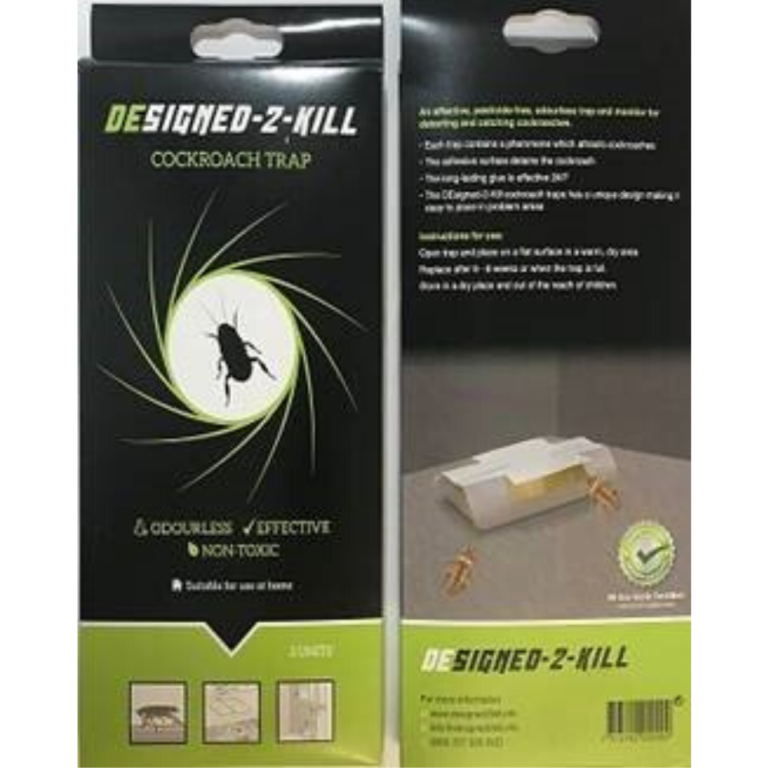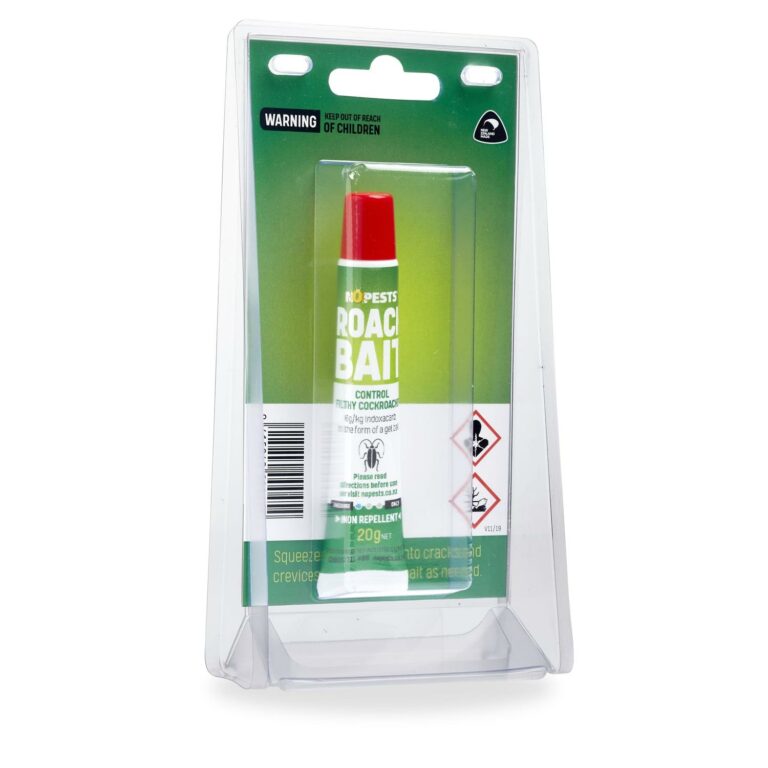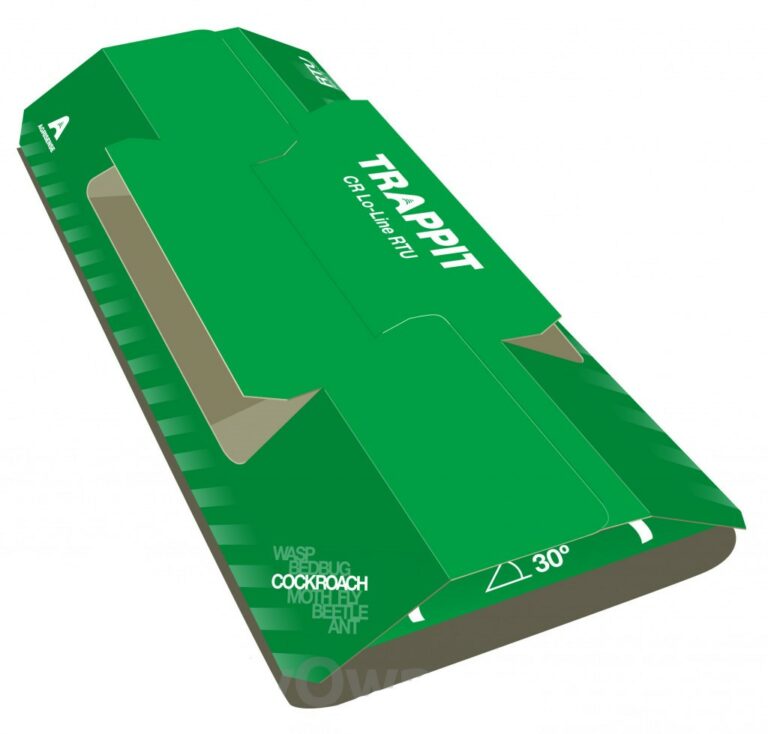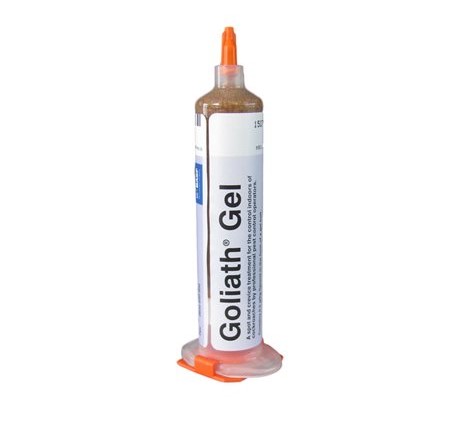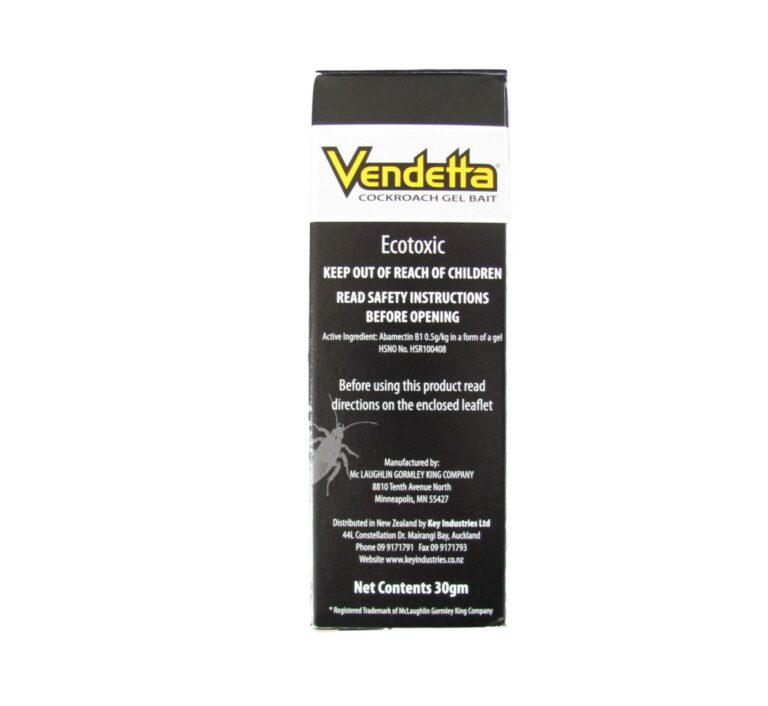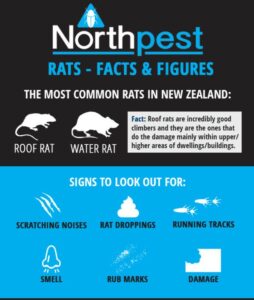When it comes to cockroaches, ID is the key. There are many species of cockroaches, the most feared is the German cockroach, which is an indoor cockroach infesting kitchens, laundries, hot water cupboards, etc. and once these harbourage areas are over populated, they will start to infest other areas – behind picture frames, door frames, drapes, etc. These can be controlled by applying gel baits and spraying to infested/known potential harbourage areas. It is advisable to carry out a follow-up, which includes inspection/re-application of gel baits to high activity/problem areas.
The larger cockroaches which are normally foraging around exterior areas can be treated/controlled by applying a residual spray around the exterior perimeter of the house and garden areas/edges close by. When you start seeing one or two a day inside, this is a sign that the population is building up and an exterior treatment is required. We also recommend treating the interior, the roof void and sub-floor for complete control.
What you can do
- Get a sample of the cockroach (preferably in a jar and not squashed) that you are seeing, so our technician can ID it when he arrives.
If you want to squash a cockroach – just make sure you squash it properly. It is a myth that if you squash a cockroach you will make the problem worse. The theory surrounding that myth is that the egg sack will get stuck in the sole of your shoe and you will walk it into an uninfested area and the egg sack will drop off and hatch and reinfest the new area and make the problem worse. If you squash the cockroach, you are squashing the egg sack within it. Egg sacks can contain anything from 30-50 juvenile cockroaches once hatched.
What not to do
- Do not go to the supermarket and buy a “bomb” as this can simply spread the infestation into different areas that weren’t previously a problem and can create satellite infestations which can grow from there.
- Do not transfer infested appliances such as fridges, microwaves, toasters, etc. into uninfested areas.
